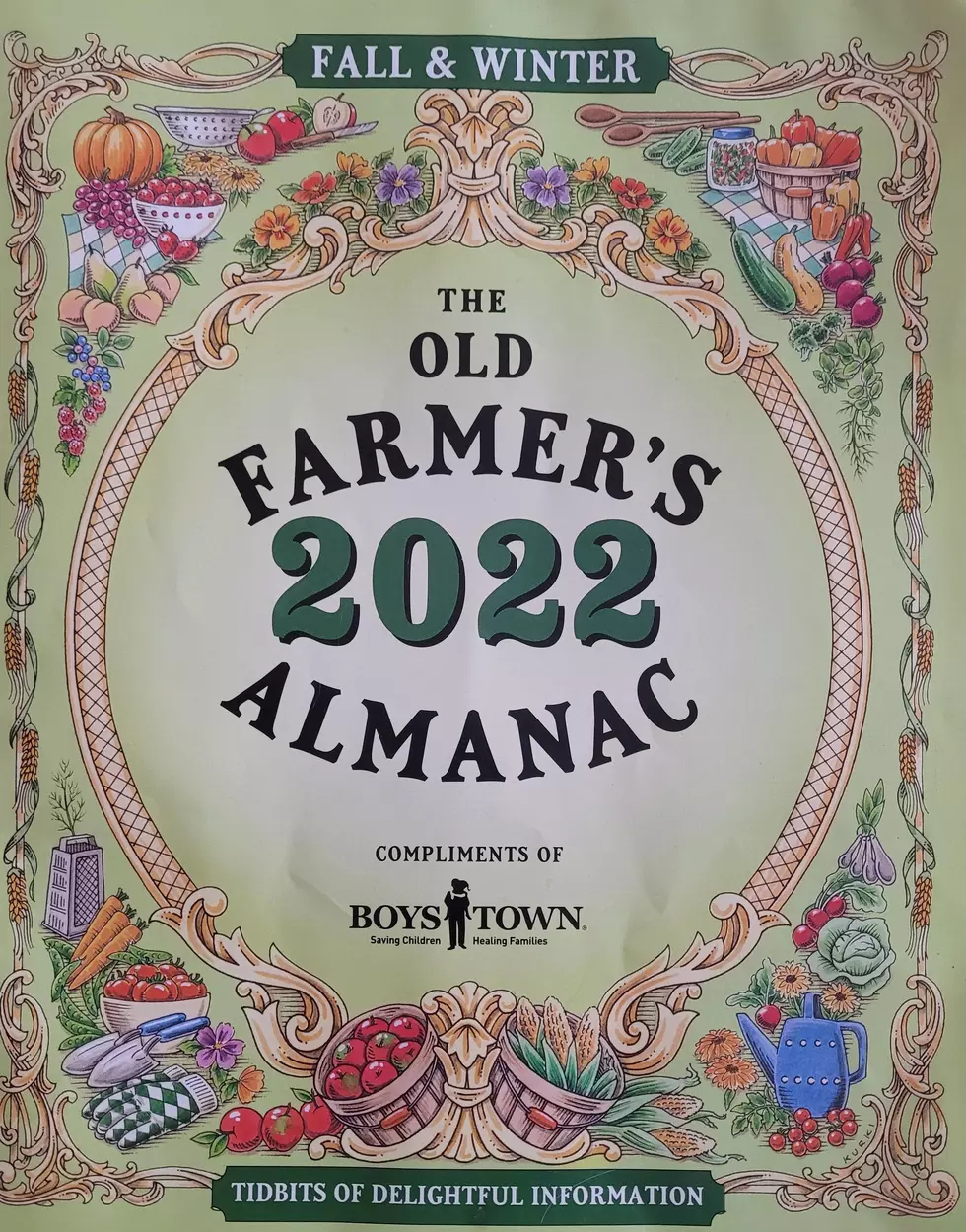
Signs Of A Bad Winter – Check The Skin Of An Onion
Ever read an Old Farmer's Almanac(OFA) If not, you should if for nothing more than entertainment. It's full of all sorts of folklore mixed with old-school 'tips' like our grandparents would give and maybe even a little science on a wide variety of topics. Back in the day, this was a huge source of knowledge for not just farmers, but average citizens. They believed in sayings like, " When leaves drop early, autumn and winter will be mild, if they fall late, winter will be hard." You still may hear people say that today!
Since its first publication in the early 1800s, the Old Farmer's Almanac has been used to predict the weather. How accurate is it? They say (OFA) its predictions are 80% accurate, but an October 2022 study done by the University of Illinois revealed the almanac only gets the weather right sometimes (52%.) I guess those odds aren't too bad if this was the only source for a weather forecast people had.
Today meteorologists have all kinds of tools to predict the weather like doppler radar, weather satellites, and other high-tech instruments to provide forecasts. How reliable is today's technology? According to the National Oceanic and Atmospheric Administration (NOAA), it is 80% correct on a 7-day forecast and 90% accurate with a 5-day weather prediction.
Still, the Farmers Almanac's old-school methods of predicting the weather are pretty cool. With winter approaching, here is a fun way to get the family involved and put the almanac's interesting folklore predictions to the test. The November 2022 Old Farmer's Almanac - 12 Signs Of A Bad Winter:
1.) Gardener's Rhyme - Onion's skin very thin, mild winter coming in. Onion's skin thick and tough, coming winter cold and rough.
2.) Squirrels gathering nuts in a flurry, will cause snow to gather in a hurry. Or, if a squirrel's tail is bushy we are in for a tough winter.
3.) See how high the hornet's nest, 'twill tell how high the snow will rest.
4.) If birds leave early, the leaves fall quickly, onions and apples are tough and caterpillars are short. This means there will be a drought in the summer and a horrible La Nina winter.
5.) If birds migrate early or bees build their nests up high in the trees, the winter is going to be bad.
Whether these folklore predictions and old fashion warnings ring true 52% of the time or not, the Old Farmer's Almanac is still a cool read. You can subscribe to get one in the mail or simply go to almanac.com to see a host of other topics to read up on; Gardening, recipes, Christmas facts and trivia, how to pick the perfect pumpkin, and much more.
25 costliest hurricanes of all time
More From 107 JAMZ









